Perhaps no other U.S. agency has significantly impacted the gun and ammo industry as the Federal Bureau of Investigation.
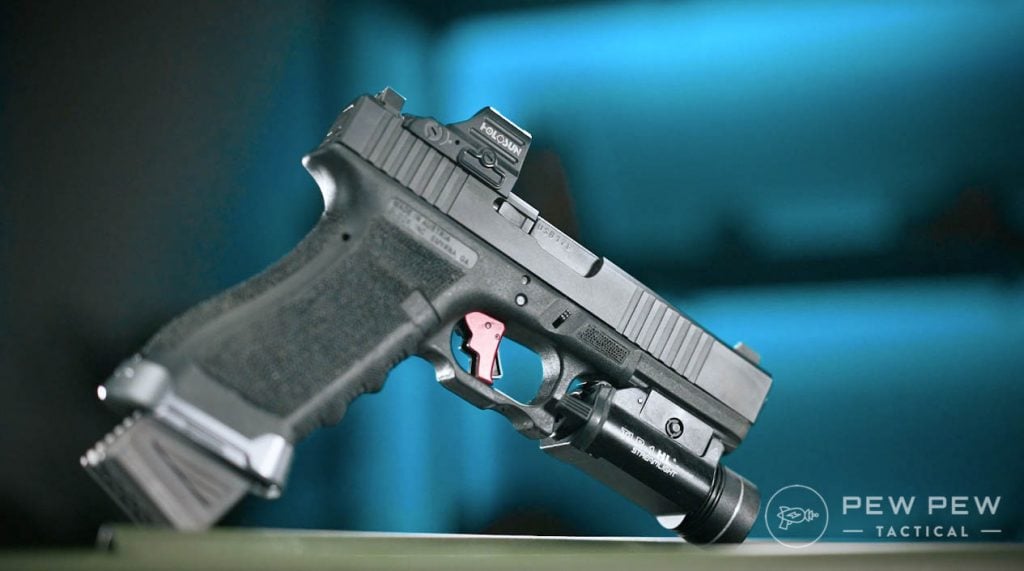
While the U.S. military has most certainly been responsible for creating new calibers, weapons, and other technologies throughout time, I’d argue it’s the FBI that largely swayed civilian purchases.
How so?
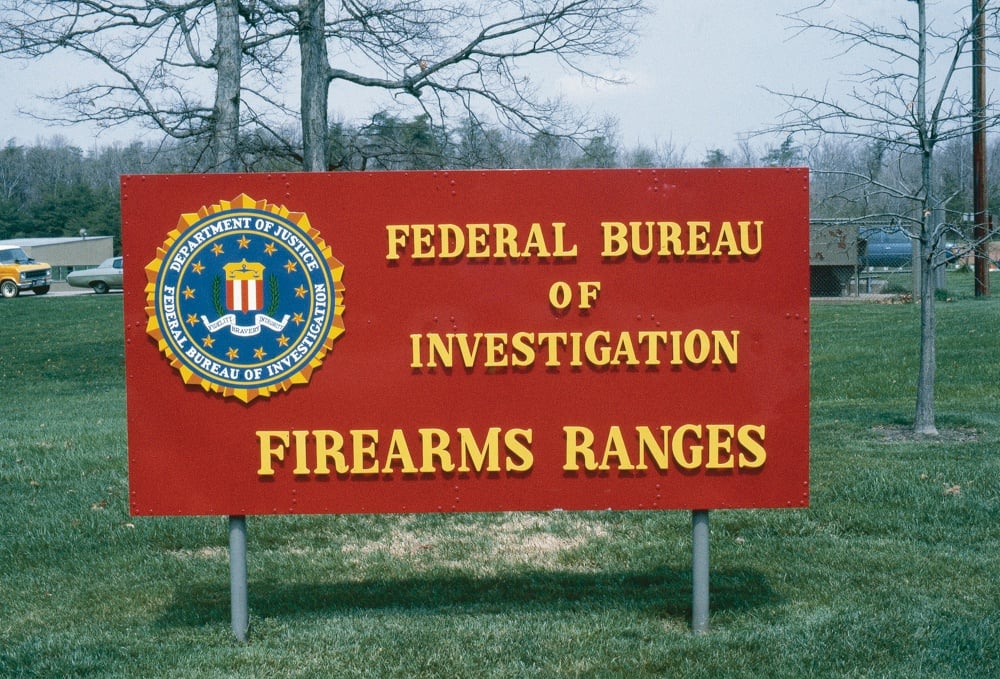
Through the development of a little test known as the FBI ammo test protocol.
What is that? Glad you asked.
We’re going to break down what the FBI ammo test protocol is, its use in the self-defense and LE world, and how it shaped the gun industry.
Ready to learn more? Keep reading…
Table of Contents
Loading…
It All Started in Miami
It was April 1986 in Miami-Dade County. Michael Platt and William Matix were on the run after a string of successful robberies…but FBI agents finally caught up with them.
A shootout began, resulting in two dead and five wounded agents as well as two dead felons.
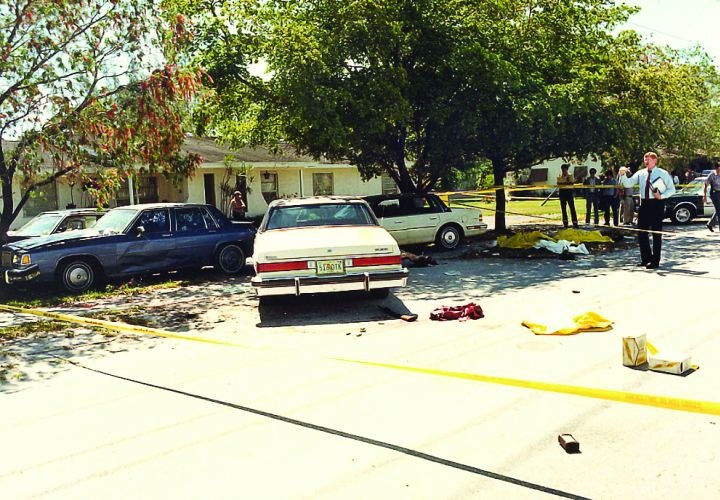
Upon autopsy of Michael Platt, forensics showed that despite being shot through the chest with a 9mm, the bullet stopped just short of the heart.
This allowed Platt to live long enough to kill FBI agents Jerry Dove and Ben Grogan and wound one more.

“All other things aside, Miami was an ammunition failure,” John Hall, chief of FBI’s Firearms Training Unit (FTU), reportedly said at the time.
The FBI set out to ensure that this never happened again.
And this sparked the most stringent testing protocol throughout the United States — the FBI ammo test protocol.
FBI Ammo Test Protocol Break Down
Science is testable, observable, and repeatable. To best conduct a scientific analysis, one must eliminate as many variables as possible.
The FBI knew that they needed something to better understand and qualify the ammo they used.

So, they created a fantastic battery of tests.
To begin, all rounds are fired into ballistic gelatin blocks.
These blocks are 10% ordnance gelatin that, when refrigerated for two days before testing, result in a consistency similar to human muscle tissue.
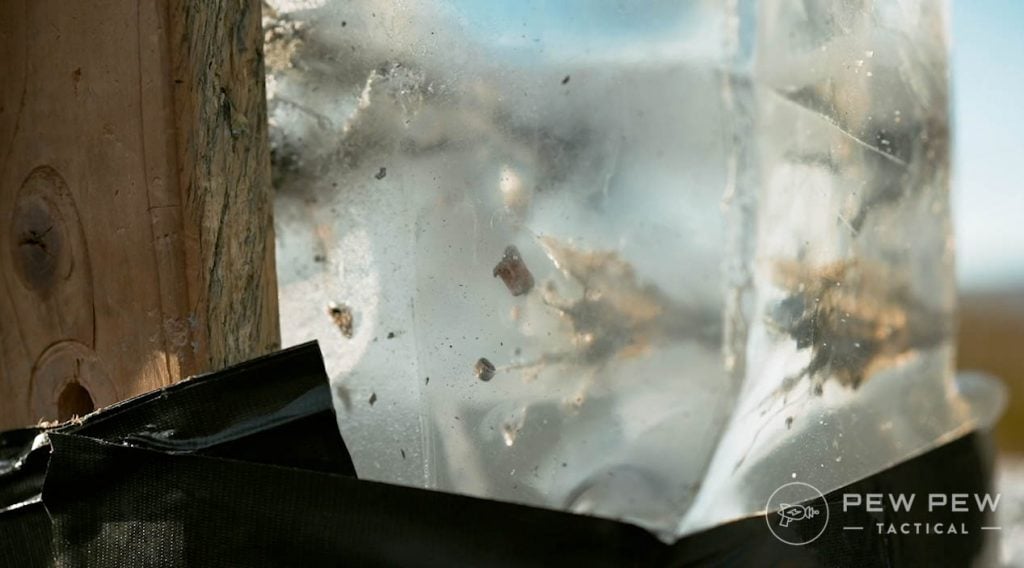
While that’s a great starting point for understanding how a particular cartridge behaves, it’s not the most life-like of tests.
Why?
Well, naked people don’t usually run around out in society (college dorms being the exception).

Typically, people are clothed. That means if we really want to understand how ammunition functions in the real world, we need to shoot through clothes in our tests as well.
So, each ammunition the FBI tests must pass five different clothed gel block tests in addition to the naked block.
In all, these six tests consist of five rounds fired into each gel block from a distance of 10 feet away (for handguns, that is.)
- Bare gelatin, no barrier
- Heavy clothing on gelatin, no barrier
- Light clothing on gelatin, steel barrier
- Light clothing on gelatin, drywall barrier
- Light clothing on gelatin, plywood barrier
- Light clothing on gelatin, auto glass barrier
Each one simulates shooting somebody in a probable environment — winter clothing, shooting through a car door, shooting through a wall, shooting through a wooden door/privacy fence, and shooting through a windshield.
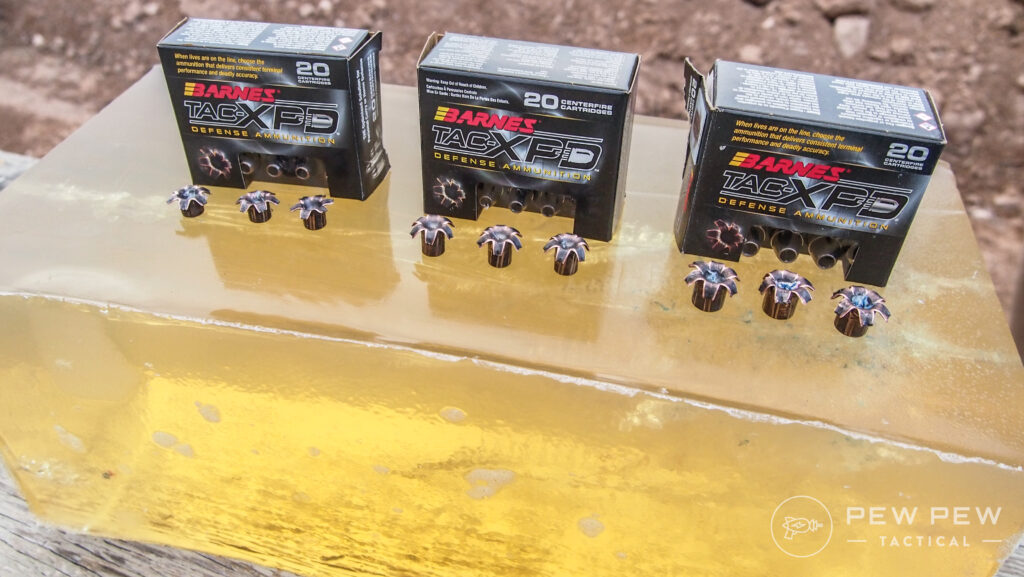
How Does a Round Fail?
If the bullets fail to penetrate 12-inches into the block, the FBI considers it a failure and unfit for fieldwork.
On the other hand, penetrating past 18-inches yields a failure as well since it becomes an overpenetration risk.
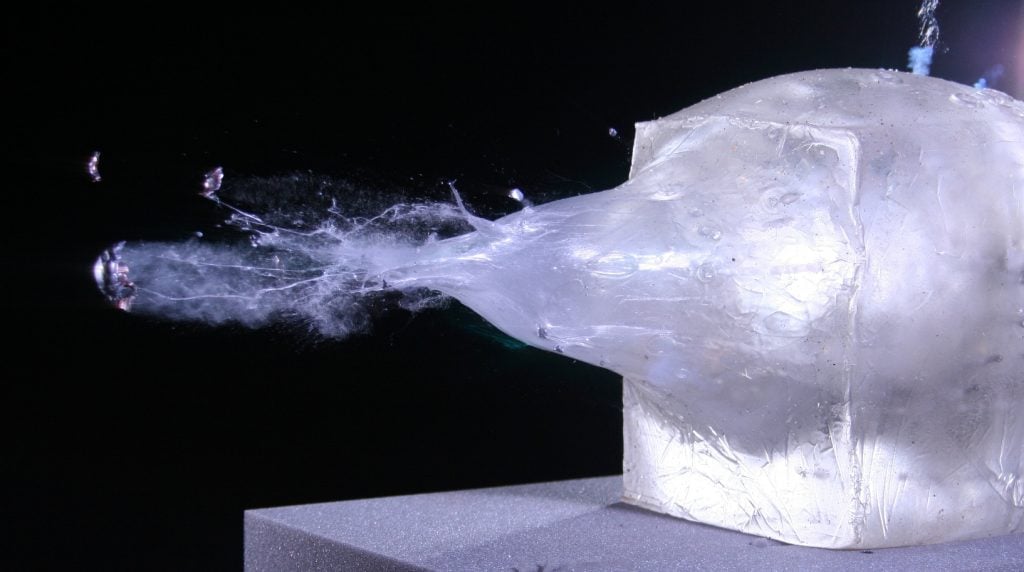
Rightfully so, nobody wants to accidentally shoot an innocent bystander.
The test offers a total of 500 points — the higher the score, the better the round for FBI agent use.
Is the FBI Penetration Test Reliable?
While the FBI themselves state that the testing protocol doesn’t determine round effectiveness, it’s hard to create a more accurate type of test.
While there are always going to be different types of clothing, distances, angles, barriers, and the like, the test, for the most part, is the most accurate way to reliably predict ammo behavior.
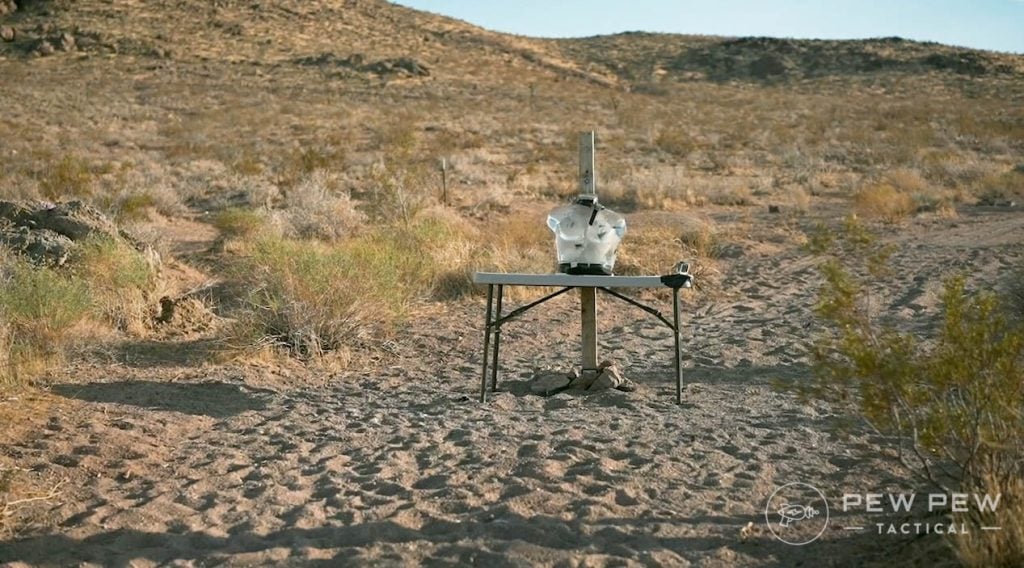
And that’s the reason it’s viewed as the gold standard when it comes to self-defense calibers and ammunition.
While most civilian self-defense shoots reportedly happen while the bad guy doesn’t have cover – and a full 2/3 of the FBI penetration test involves shooting through cover – I still think you get a good predictor of how your ammunition works.
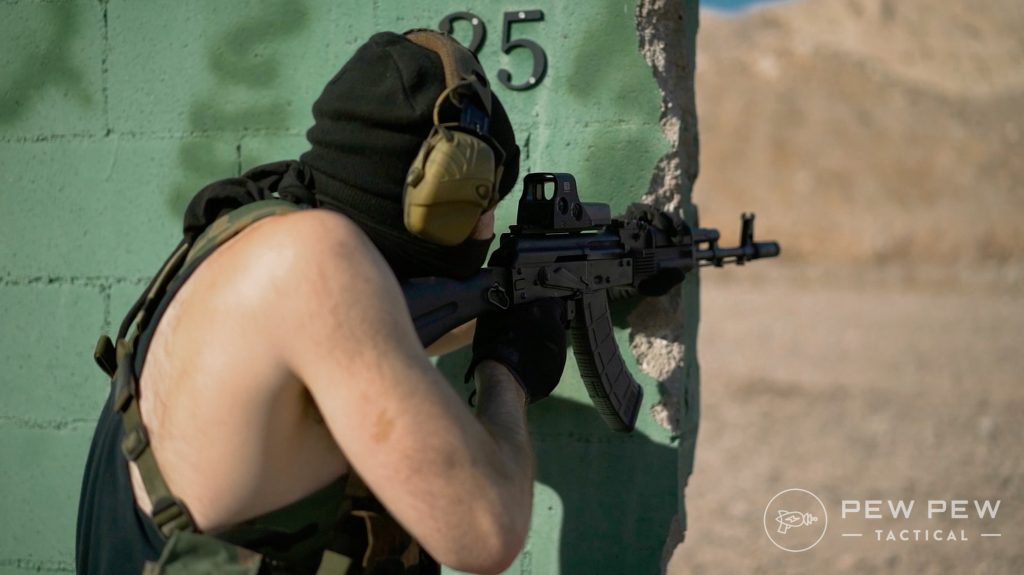
Perhaps you won’t exactly know how far your bullet will penetrate into a big guy, but who cares?
At the moment, that doesn’t matter.
All you need to know is that the ammunition you’ve chosen will likely get the job done. And for that, the FBI penetration test works great.
How the FBI Ammo Test Protocol Changed the Firearms Industry
The creation of this test made history in more ways than one.
Anytime the FBI decides to switch calibers, handguns, or the like, it automatically ignites a fury storm throughout the firearm world.
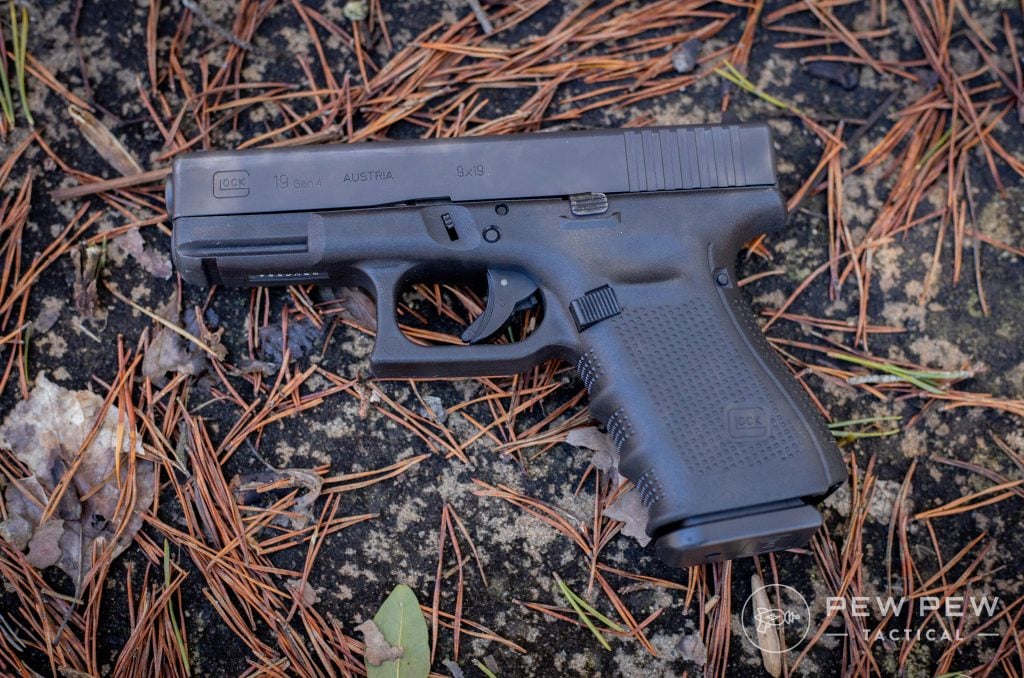
Consumers largely choose weapons based on what military and law enforcement use.
Back in 1986, this meant a spike in the sales of .45 caliber weapons after the Bureau officially moved to .45 ACP. After the FBI switched back to 9mm in 2014, sales of 9mm handguns increased.
For example, some manufacturers noted a 16% increase in 9mm ammunition sales between 2015 and 2018 with a simultaneous 18% drop in .45 ammo sales and a 38% drop in .40 S&W ammo sales.
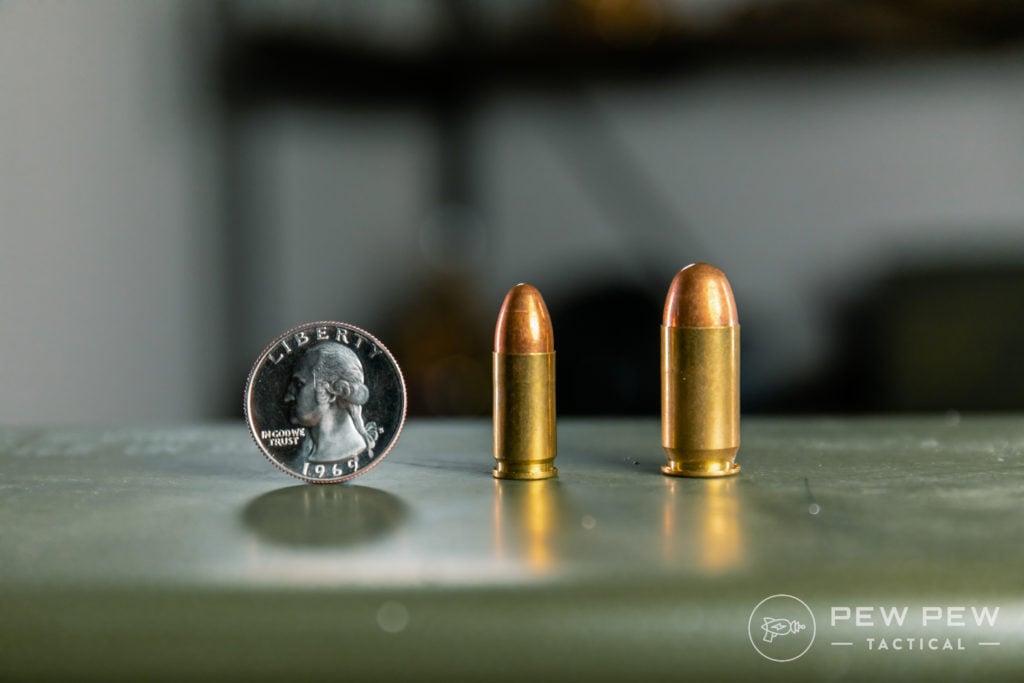
There are undoubtedly a number of reasons for such, but the FBI’s switch back to 9mm played a part.
If anything, you should thank the testing protocol for making your own ammunition more reliable.
As the American public grew more aware of FBI test procedures, they started shifting focus (and dollar bills) on ammo the FBI approved.
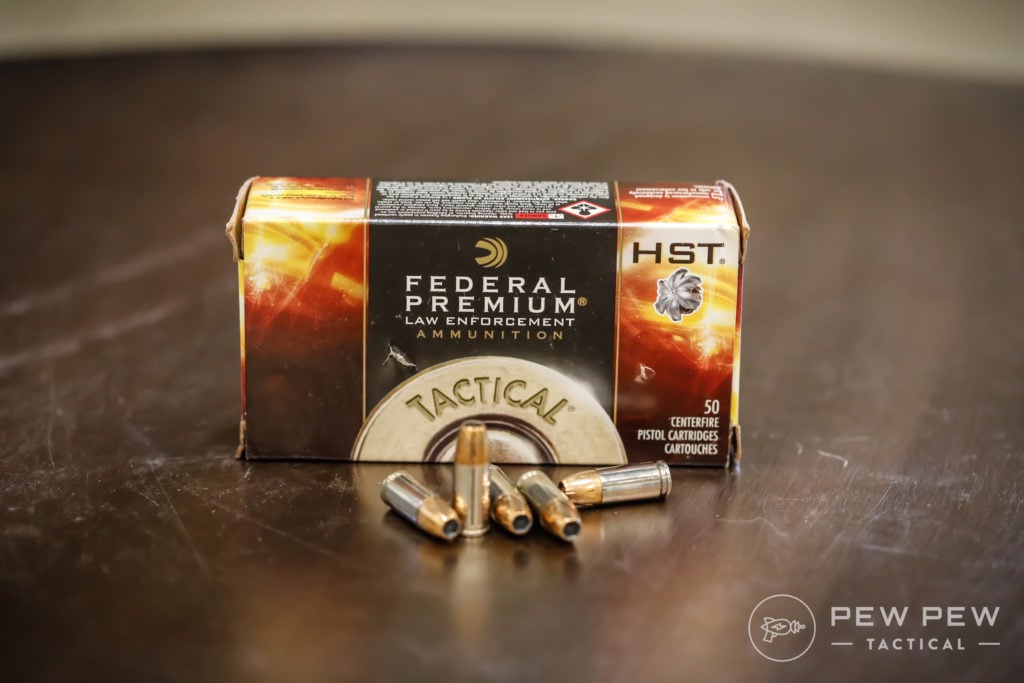
As the saying goes, money talks, and it wasn’t much long afterward that major ammunition companies began listening.
Winchester, Federal, Hornady – all of them incorporated the FBI’s testing procedures into their own development and testing process.
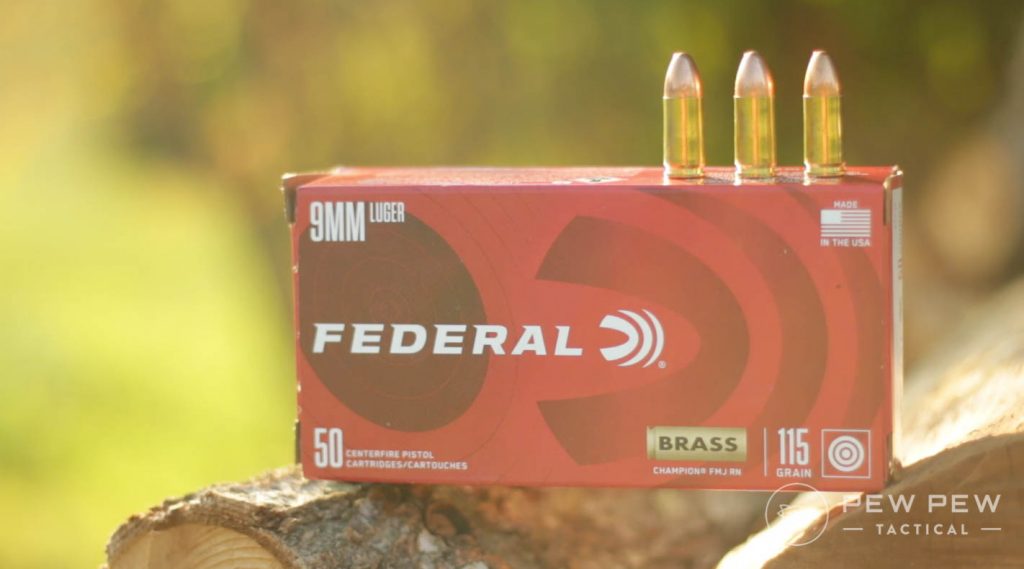
According to Mike Stock, an engineer at Winchester Ammunition, doing so “has forced ammo companies to rigidly test their product more than they did 25 years ago.”
The result?
A much better understanding of what that box of ammo sitting on your shelf both can and can’t do.
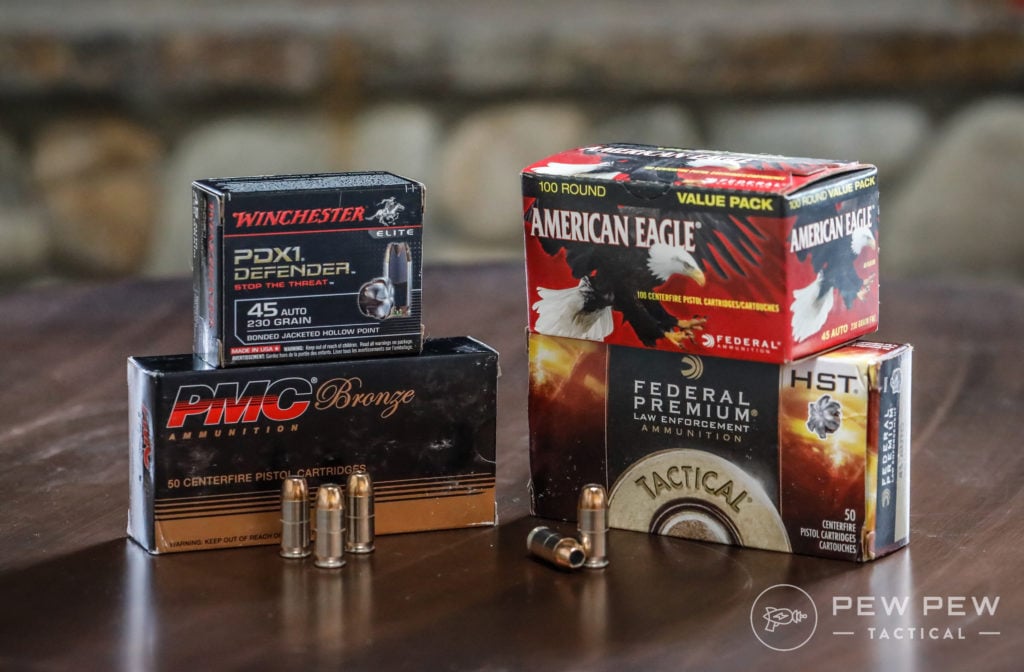
Conclusion
The result of the infamous Miami shootout, the FBI ammo test protocol changed the industry — from the guns we prefer to the ammo we use.
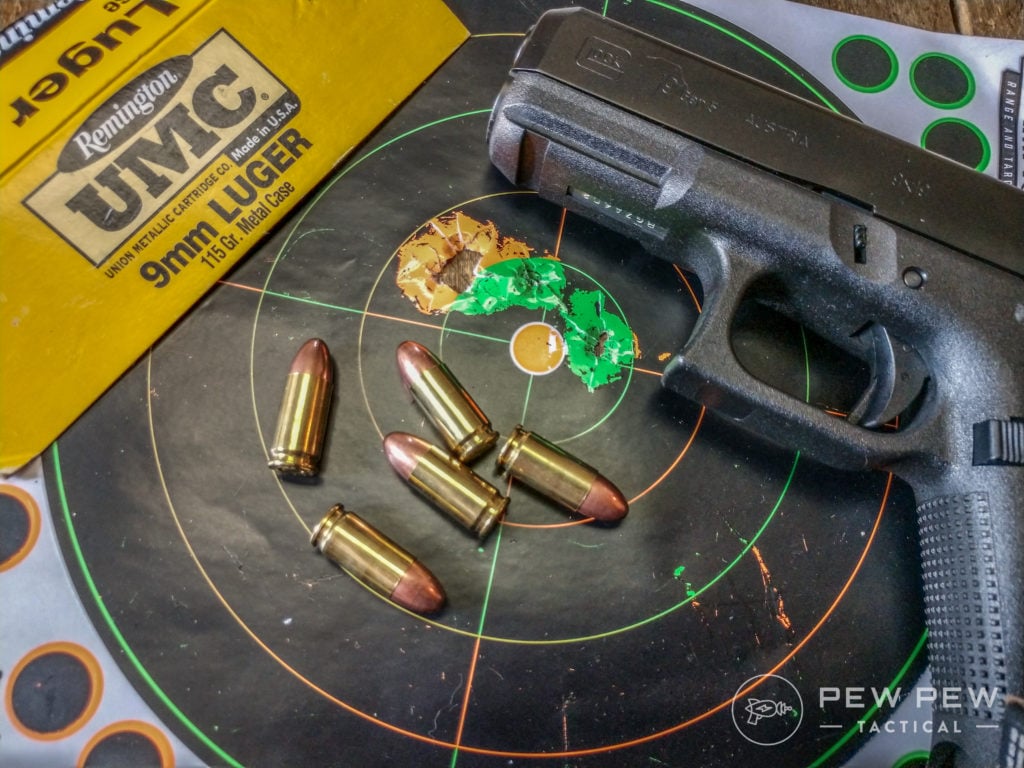
Many manufacturers continue to use it to test their own rounds during development, and it’s considered the standard for self-defense testing.
While you shouldn’t rely solely on the opinion of a government agency when determining the gun and caliber for you, the FBI ammo test protocol certainly offers a solid starting point in the decision process.
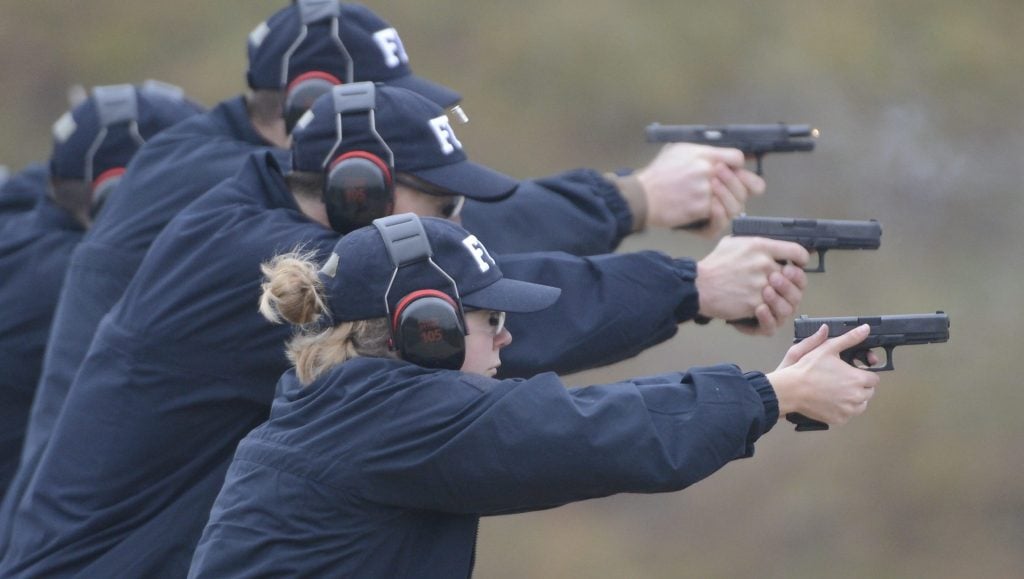
What are your thoughts? Let us know in the comments below! Want to learn more about FBI guns through the years? Check out FBI Guns & Ammo: A History of the Bureau’s Weaponry. Also, get our recommendations for the Best 9mm Ammo.

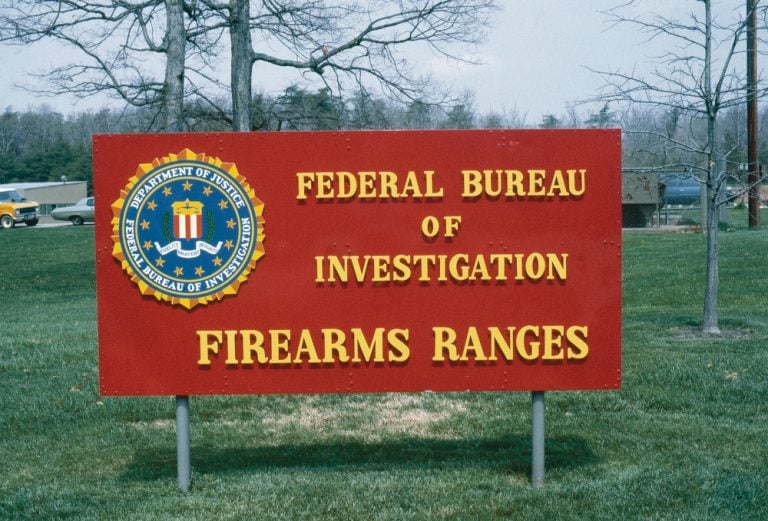







3 Leave a Reply
When did the FBI begin to penalize penetration over 18 inches? When it began extensive ballistics gel testing in the 1980s, a minimum penetration standard of 12 in was set, but not a maximum standard. This was made explicitly clear back when the FBI announced that it had selected 10mm Auto as its handgun caliber of the future:
"It should be noted that no maximum penetration standard was established. This reflects the judgment that underpenetration of a handgun bullet presents a far greater risk to the law enforcement officer than overpenetration does to an innocent bystander. Considering that approximately 80% of the rounds fired by law enforcement officers engaged in violent encounters do not strike the intended targets, it was deemed somewhat unrealistic to attach too much significance to the potential risks of overpenetration on the part of those that do. Nevertheless, in assessing the potential volume of wounds created by the test bullets, greater attention was given to the potential tissue displaced up to a depth of 18". For practical purposes, penetration beyond that range would most likely carry the bullet outside the body.
"[... T]he 10mm and .45 displaced similar volumes of tissue within the desirable penetration range of 18"[...] (both passages quoted from FBI Law Enforcement Bulletin, 1989 NOV, Vol.58: No.11: p.8, by Special Agent John C. Hall).
Early on, "overpenetration" was not treated as some sort of violation of a standard, but merely as as a practical, pragmatic ceiling beyond which no further measurements would be taken nor score assessed.
So when did this change? And why? What was the rationale to assign greater points for certain penetration depth, fewer penetration points for other depths, and an actual penalty for supposed overpenetration?
Was there ever a scientific reason that drove the change in policy? Or was it a political one? Liability concerns? Were there ever any actual historical overpenetration incidents on record that guided this policy change? Or did someone just develop cold feet over a hypothetical but unproven potential risk?
...and what of the 125gr .357 magnum round? Fired from 7 or 8 round S&W revolvers that lessen the 1st round's recoil due to their weight that mandatory double tap response to a legitimate threat/target is possible. Moon clips help on quick reloads which are rarely required, nor should they be necessary for defensive civilian use.
Thanks for the information. Great article.